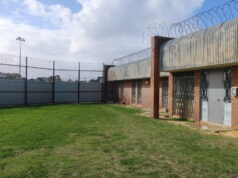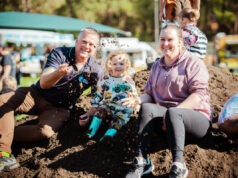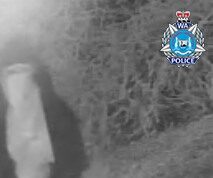
A Polio survivor in Camillo has spoken about his experiences with the horrifying disease, and made a call to Western Australian’s to get the COVID jab.
Phillip Carr contracted polio in 1950, before the introduction of the Polio vaccine, resulting in life-long injuries to his leg.
“There’s a lot of people out there who don’t understand the consequences of not being vaccinated,” said Phillip.
“I am a very, very lucky survivor, I had Polio at the age of three in 1950,” he said.
Phillip underwent surgery at the age of eight, including 32 stitches to his leg, following his recovery from the disease.
“The affected area was my left leg from the knee down, which has caused me to have a shorter leg with no calf muscle, and my left foot, which is a lot smaller, has only slight movement and no lift,” he said.
Australia’s largest Polio epidemic swept through the nation between 1944 and 1954, causing the deaths of 1000 Australians in a population of some eight million.
It is estimated that two to four million Australian’s were infected with the virus, and 40,000 of those developed paralytic Polio, between the 1930 and the 1980s.
Australia was declared Polio-free in 2000.
The epidemic was brought to a halt in Australia with the introduction of Jonas Saulk’s Polio vaccine in 1956, followed by Albert Sabin’s oral vaccine in 1966.
It is estimated the vaccines saved 600,000 lives worldwide each year.
Phillip was released after spending 18 months in a children’s post-Polio convalescence home, and received the polio vaccine as part of the school vaccination program.
“There was no debate about it, all the kids lined up and you had that vaccination,” said Phillip.
Clinical Professor and virologist Dr David Smith, says the vaccines put an end to polio in Australia.
“One of the problems is, if vaccines are successful, people forget what they’re preventing, but I’m sure older people who went through the last epidemic of Polio still remember,” said Dr Smith.
“We know that vaccine hesitancy is only a small proportion of the population, and the vaccine refusers are a very small proportion of that. You can see that from what the vaccination rates are in Australia,” he said.
“If a parent might worry about what a vaccine might do to their child – and that’s what parents do – then the best thing in the world would be if everyone’s child in the world got vaccinated except theirs. But, of course, that can’t work in a vaccination program,” said Dr Smith.
“There are two things you’re achieving with vaccination: one is protecting the individual – ‘I don’t want to get this disease, this is going to stop me getting ill,’” he said.
“The second part is reducing the amount of the virus in the community so that no one gets it, basically,” he said.
“So that all the young children who can’t be protected and all the elderly who have poor protection or people with illnesses that make them more susceptible to infection, and heaven forbid even those recidivists in our community who choose not to get a vaccination – could get protected,” he said.
“But it doesn’t work if everybody says, ‘I don’t want the vaccine’”.
As a survivor, Phillip Carr has lived with the effects of the terrible disease, and fears for the effects of COVID on the community.
“You start getting up around our age, we don’t take it so well,” he said.
“Consequently these anti-vaxxers surely have friends and relatives who are in that 60 plus area who are vulnerable and who love them.”













